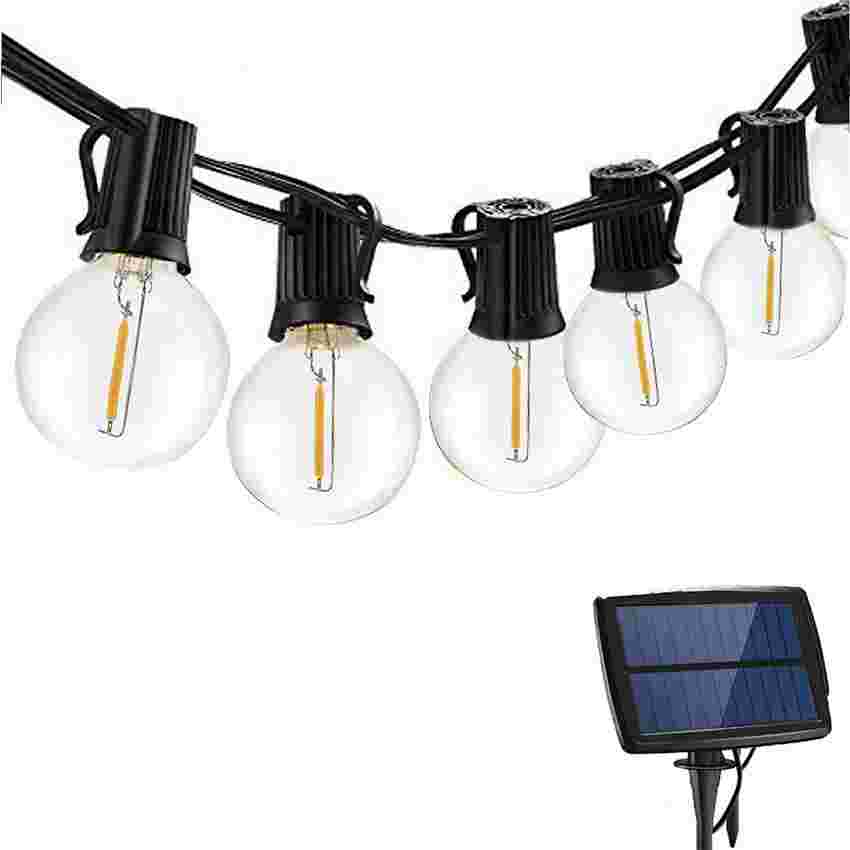The Origins of Resistors in Solar Panel Parallel Circuits
Solar energy, also known as solar power, is the conversion of sunlight into electricity, either directly using photovoltaics (PV), or indirectly using concentrated solar power. With the increasing focus on renewable energy sources, solar panels have become a popular choice for harnessing solar energy. In solar panel systems, it is common to use parallel circuits to increase the overall power output. However, in order to properly function, these parallel circuits often require the use of resistors.

The primary source of resistors in solar panel parallel circuits is to control the flow of current. When multiple solar panels are connected in parallel, the overall current flowing through the circuit increases. Without proper resistance, this increased current can cause overheating and damage to the panels. As a result, resistors are essential for regulating the flow of current and preventing potential damage.
Moreover, resistors in parallel circuits are also used to maintain balance and prevent the mismatch of voltages. Solar panels inevitably have slight differences in their voltage outputs, and these differences can lead to imbalances when connected in parallel. Adding resistors helps to equalize the voltage across the panels, ensuring consistent and efficient performance.
The selection of resistors for solar panel parallel circuits is crucial and varies depending on the specific requirements of the system. One common source of resistors is through specialized suppliers that provide components tailored for solar panel applications. These resistors are designed to withstand the unique environmental conditions that solar panels are exposed to, such as varying light intensities and temperatures.

In addition to sourcing resistors from dedicated suppliers, some solar panel systems incorporate adjustable resistors to allow for fine-tuning of the circuit. These adjustable resistors provide flexibility in managing the flow of current and optimizing the performance of the parallel circuits.
Furthermore, resistors can also be obtained from general electronic component suppliers. While not specifically optimized for solar panel use, these resistors can still be suitable for certain applications, especially when cost considerations are a factor. However, it is important to ensure that the chosen resistors meet the necessary specifications and can operate reliably within a solar panel system.
It is worth noting that advancements in solar panel technology have led to the development of integrated resistor solutions. These integrated resistors are incorporated directly into the panel design, providing a more seamless and compact solution for managing parallel circuits. By integrating resistors, solar panels can benefit from enhanced efficiency and reduced overall system complexity.

In conclusion, the sources of resistors for solar panel parallel circuits are diverse, ranging from specialized suppliers to integrated solutions within the panels themselves. The role of resistors in regulating current flow, balancing voltages, and ensuring the overall stability of parallel circuits is essential in the efficient operation of solar panel systems. As the demand for solar energy continues to grow, the selection and integration of resistors will remain a critical consideration for maximizing the performance and longevity of solar panel installations.


viber

skype

whatApp

telegram


 France
France
 Spain
Spain
 Portugal
Portugal